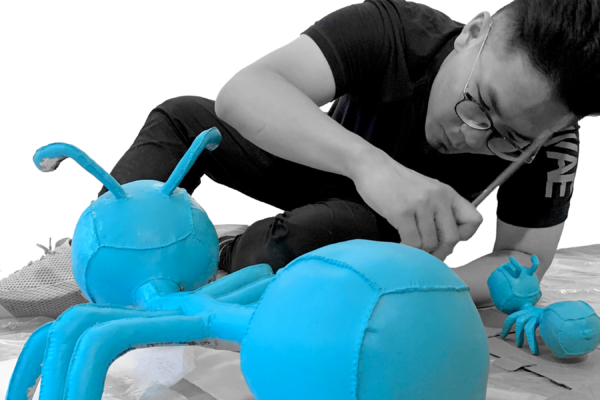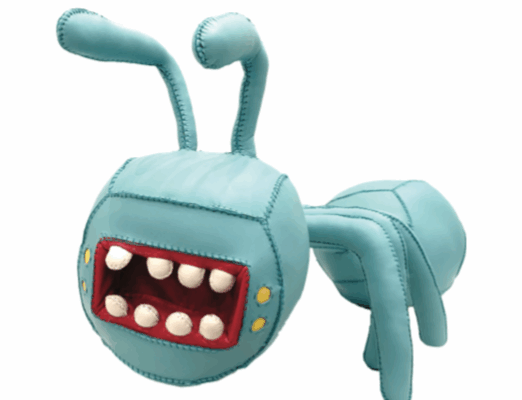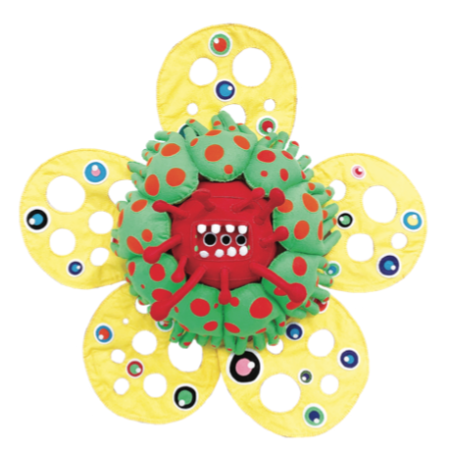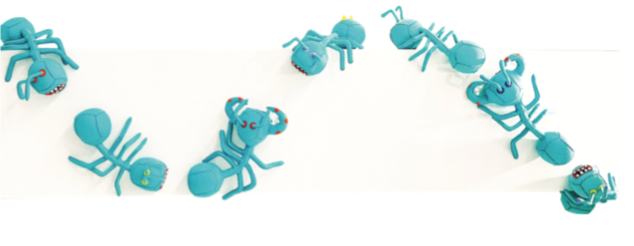My works are windows into an imaginary world, one populated by the unique and provocative juxtaposition of childlike wonderments with adult thoughts and emotions.
THE ARTIST
James Hsieh was born in the United States but grew up in Taiwan. He now resides in New York after gaining his Masters in Fine Arts at Parsons New School for Design. His vibrant embroideries and his hand sewn textile sculptures have been exhibited around the world including the White Rabbit Gallery in Sydney and the Songshan Cultural and Creative Park in Taipei.
THE TECHNIQUE
First, I usually start with a simple sketch, a vague silhouette. If it is very complicated with lots of details I make a smaller sample to experiment with. Otherwise, I begin to create it with the simple sketch I made. I don’t spend too much time on sketching, thinking and deciding colours. It all happens during the making process, so the sketch only provides a big direction where I want to start and it often ends up with a different look. Sometimes I have to alter it due to practical and technical issues and sometimes I change my mind when some interesting ideas suddenly pop up. I have a bad habit of not following the sketches and honestly I usually sketch everything inside my mind that’s also why I seldom do sketches to start creating.
The next step is deciding how the sculpture will be presented. Hanging on the wall, standing or hanging from the ceiling. Then I have to figure out the internal structure first, for example, to make sure it stands, is balanced after resembling, also considering the weight if it is a hanging piece.
Thirdly, I’ll start to deconstruct the idea and sketch it into flat patterns. I then number each part and follow this order to create the sculpture. Take the flower-like sculpture for example, I usually start with sewing the mouth first, secondly, the head and then the petals. After finishing all these part separately, the most difficult and complex part is resembling them altogether as well as stuffing. That’s why I think knowing the order for each section is very important. It can save you a lot of time from making a mistake, hand sewing is after all a vey time-consuming process.
Lastly, the stuffing process is fun not only because it’s the last step of the process, but it can also surprise me to see the 2D patterns transform into a 3D object. Sometimes it doesn’t go exactly the same as I planed, that’s why it often ends up slightly different from the sketch. That is also one of the reasons why I like to work with fabrics, it is unexpected, flexible and brings surprises. I like the flexibility of the fabric especially felt, it allows me to have some extra room for the alterations incase I make a mistake.







